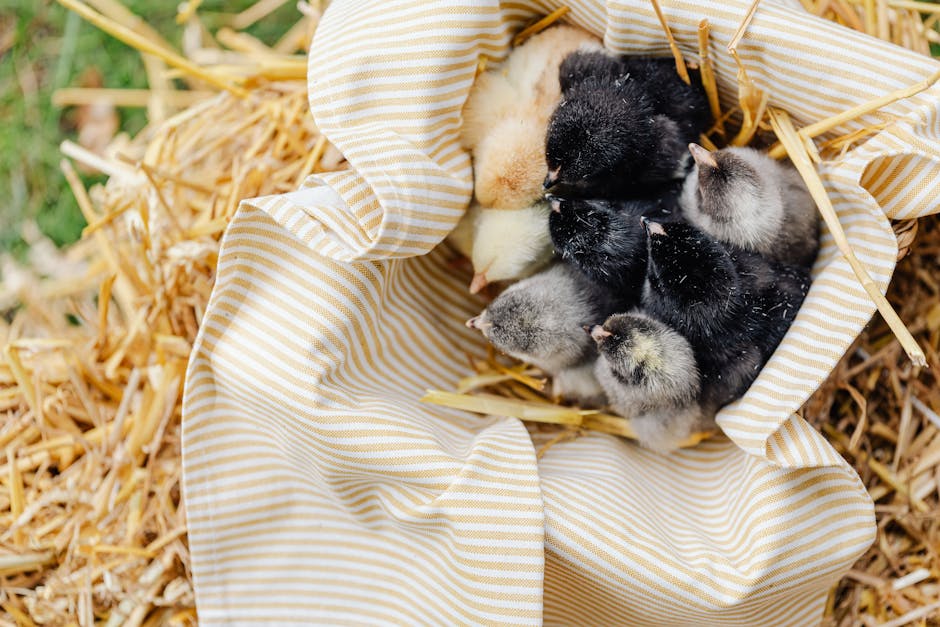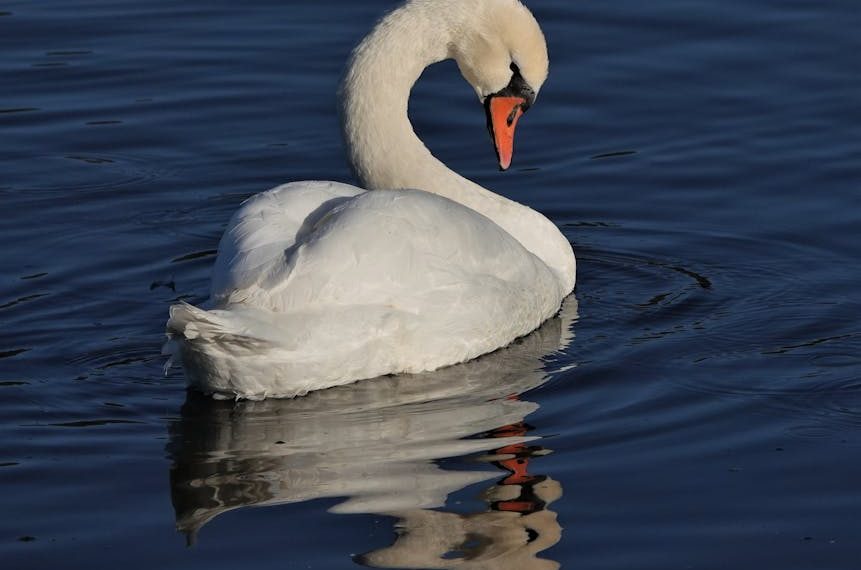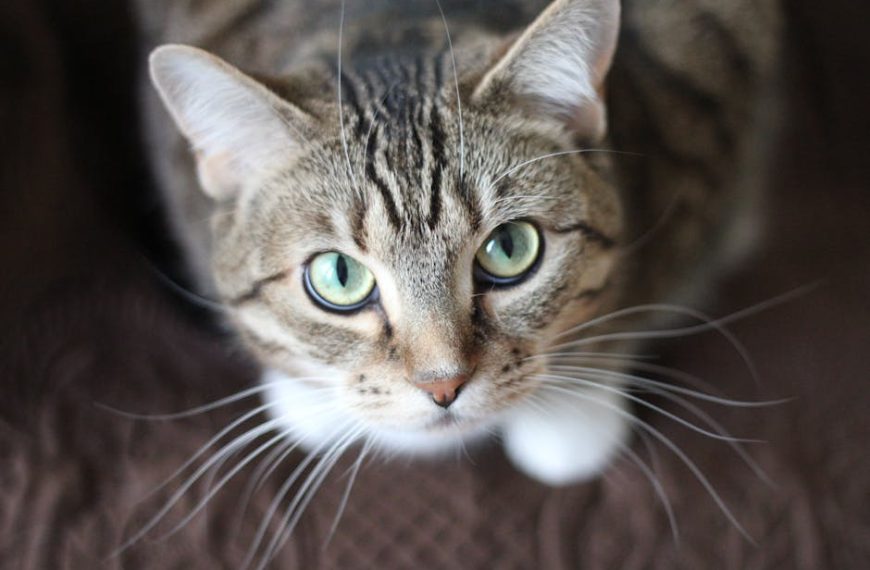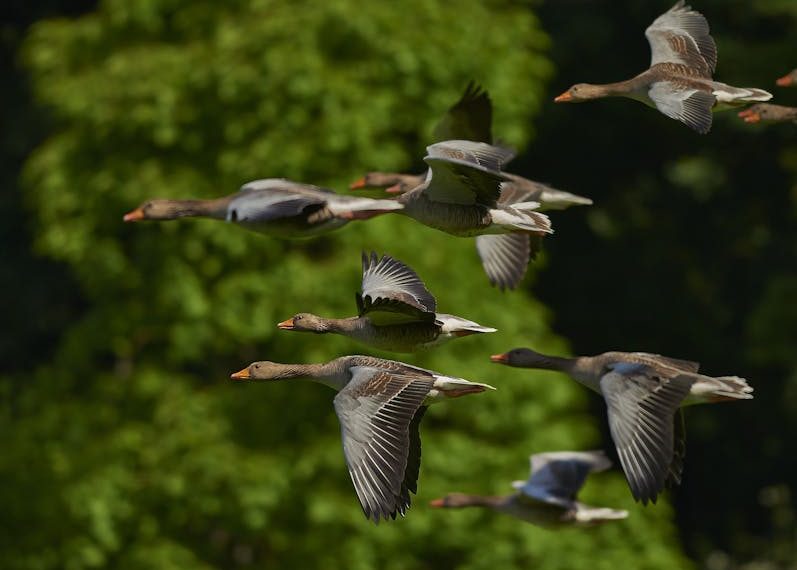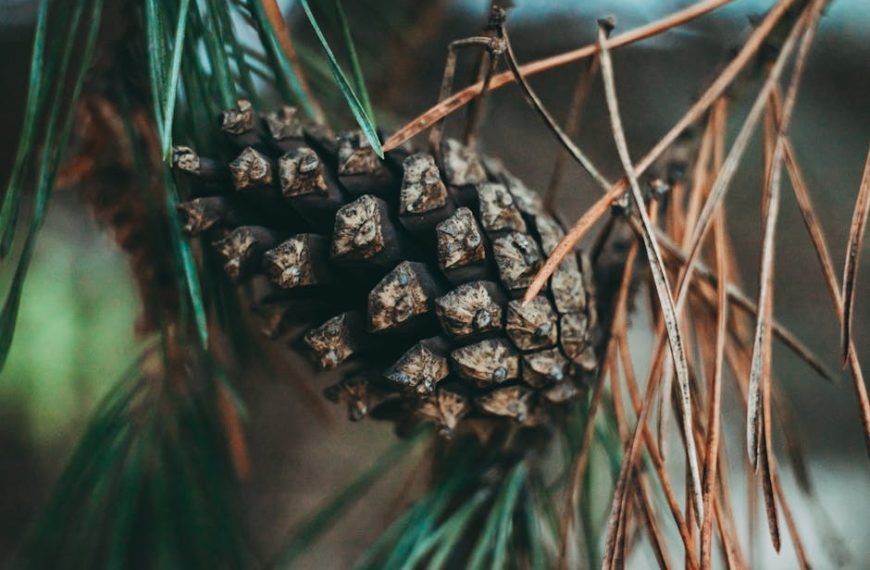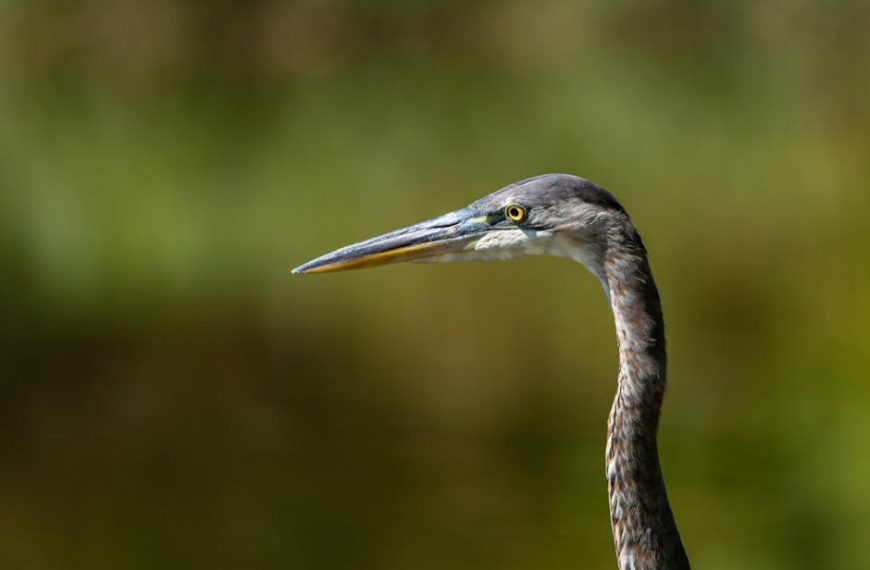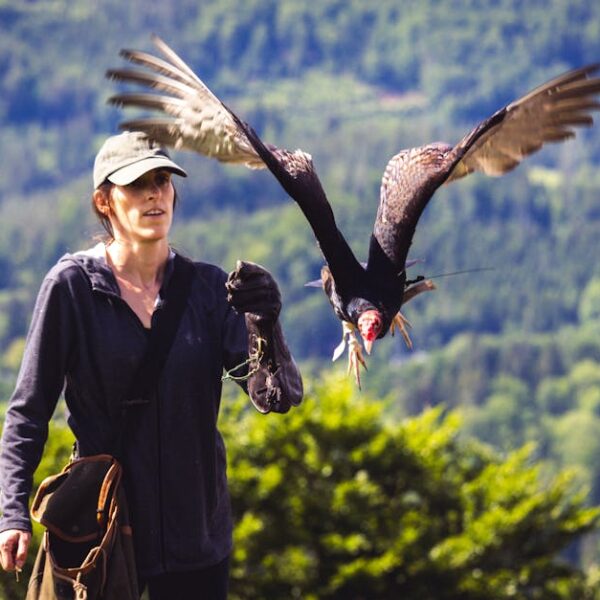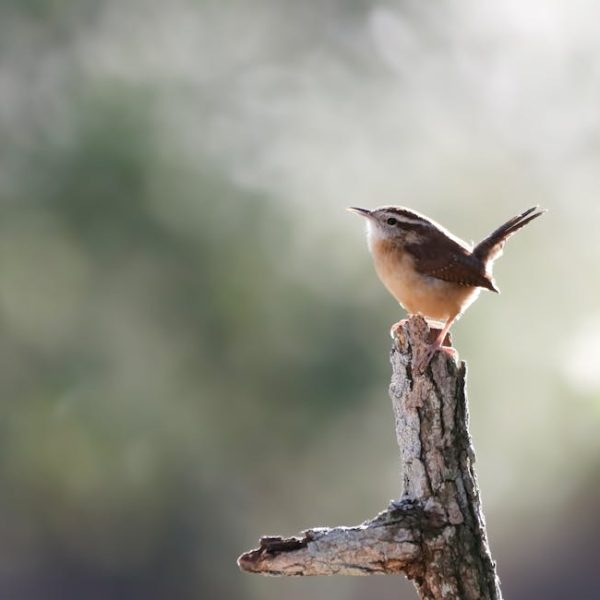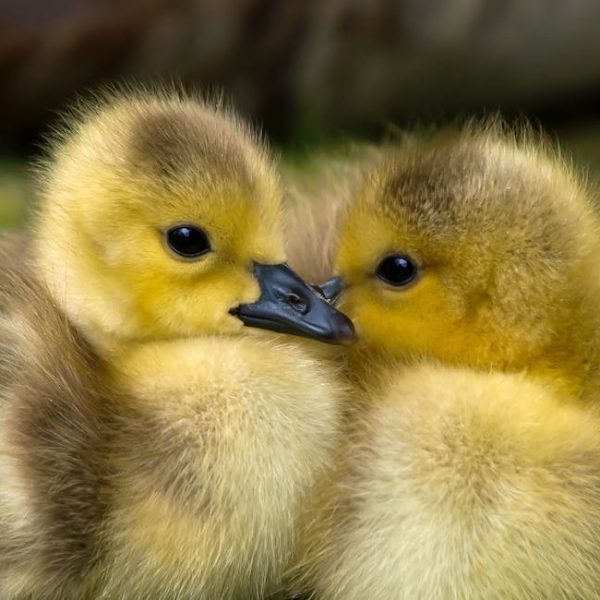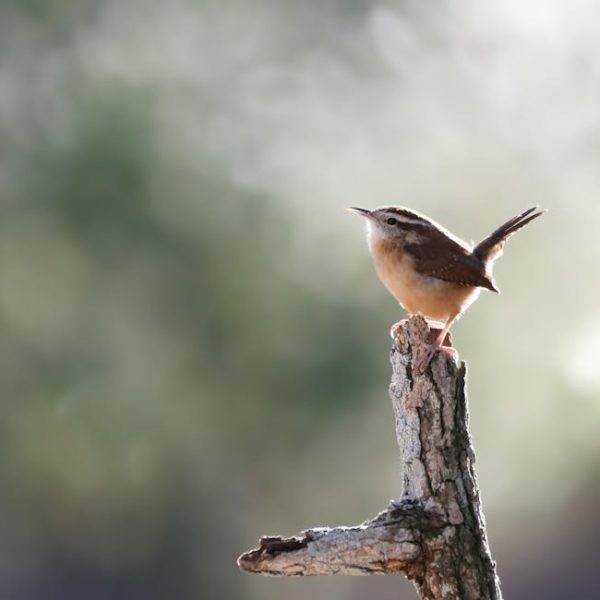For many, the thought of a bird nesting in their dryer vents is puzzling. However, for our feathery friends, dryer vents serve as the perfect sanctuary. Warm, dark and safe from predators, it mirrors their natural nesting habitats. It’s a strategy adopted by birds to combat issues of survival and to find safe breeding areas against environmental challenges. However, this uncanny preference is not without its downside for homeowners.
Pro tip: Bird nests in dryer vents can escalate into critical issues if not properly managed. These nests do not just result in damage to the dryer vent but also pose a significant fire hazard if left unchecked.
Checklist for identifying a bird nest:
- Persistent bird sounds, particularly chirping, coming from the vent
- Noticeable bird droppings near the vent exit
- Decreased dryer performance due to blocked airflow
Appropriate Time to Remove Birds from Dryer Vents
Just as it is vital to remove the birds, so is the timing. Handling and removing bird nests require careful timing, particularly if we’re to respect local wildlife laws. Many of these regulations mandate the protection of bird nests, particularly when eggs or baby birds are present.
Comparison of inappropriate vs. appropriate timing:
- Inappropriate timing: Removing nests during breeding season can lead to harm or even death of baby birds, violation of wildlife laws, and aggressive response from parent birds.
- Appropriate timing: Waiting until the birds have naturally vacated the nest minimizes harm to wildlife, ensures compliance with laws, and avoids unnecessary confrontation with protective bird parents.
Best Practices for Timing:
- Observing bird behavior can offer insights into their breeding cycle.
- Use a flashlight to carefully check the nest for presence of eggs or baby birds before proceeding with removal.
Steps for Safely Removing Birds from Your Dryer Vent
Removing bird nests from dryer vents requires both care and attention. It is not a run-of-the-mill operation, and failure to execute it properly can result in injury to both parties involved.
Essential tools for removal:
— Wearable protection: Gloves, masks, long-sleeve shirts, and eye protection
— Tools: Reusable zip ties, secret flex rod, and a vent cleaning brush.
Best Practices for Removal:
Avoid sudden movements or loud noise to keep the birds calm.
Exercise patience and allow the birds to leave the vent on their own when possible.
Methods to Clean and Disinfect Your Dryer Vent After Bird Removal
After the nest removal, cleaning and disinfecting the vent is non-negotiable. This is where your safety lies, as this procedure ensures the elimination of bird mites, fleas, and bacteria that might have been left behind.
Checklist for Cleaning:
— Vent brush
— Vacuum Cleaner
— Disinfectant spray
— Soapy water
Pro Tips: Ensure you clean hard-to-reach areas with a circular brush and flush the vent thoroughly with water to rinse it. You may need to repeat this process a couple of times for a thorough clean.
Preventing Future Bird Infestations in Dryer Vents
True victory lies in prevention. By taking measures to discourage birds from nesting in your dryer vents, you largely limit the chances of this issue arising again. Regular checks and maintenance are necessary steps to ensuring this.
Preventive measures:
— Install vent covers
— Screen vents
— Use of natural repellants
— Regular vent cleaning
Comparing preventive measures:
In the next segment, we would delve into the pros and cons of different preventive measures for comprehensive understanding and to help you make informed decisions in managing bird related issues.
Comparison of Preventive Measures
Making a choice among several preventive measures largely depends on your unique circumstances. However, understanding the pros and cons of each can surely guide your decision-making process.
| Preventive Measure | Pros | Cons |
|---|---|---|
| Vent Covers | Highly effective and durable; provides complete protection from birds and other pests | May involve moderate installation effort and cost |
| Screen Vents | Relatively low cost; prevents access of birds and other pests | Might restrict airflow if not installed properly |
| Natural Repellents | Non-toxic and eco-friendly; can discourage bird nesting | May require frequent applications; effectiveness varies |
| Regular Vent Cleaning | Deters birds from nesting; maintains good dryer performance | Might demand effort and time; may not prevent initial nesting attempts |
No matter the prevention method used, the most crucial aspect is to monitor your vents regularly. This regular surveillance allows you to catch and address any bird infestation in its early stages. However, in all your efforts to ensure a bird-free vent, remember to approach the situation with kindness and respect for these creatures. Your dryer vent might just be the safe haven they are in desperate search of.
Remember, safety is paramount! It is always advisable to seek professional help when dealing with bird and pest removal. Now, armed with this insightful guide, you are well-equipped to handle any bird incursion in your dryer vent. So, keep these tips handy and navigate your bird issue like a Pro!
Key Takeaway:
- Birds build nests in dryer vents because these locations mirror their natural nesting habitats: warm, dark, and safe from predators.
- Neglected bird nests in vents can cause damage and pose significant fire risks.
- The timing of nest removal is paramount, aligning with local wildlife laws and the breeding cycle of the birds involved.
- For safe nest removal, certain protective tools are necessary and disturbance should be minimized.
- After nest removal, the vent should be thoroughly cleaned and sanitized to remove any pests or bacteria.
- Preventive steps can help deter future bird infestations. These include vent covers, screens, natural repellents, and regular vent cleanings.
Your dryer vent’s safety and efficiency are as important as the welfare of the birds who may take up residence there. By taking the time to understand why birds choose your vent and how to deal with them appropriately, you can ensure a peaceful coexistence. Remember, preparation and prevention are key to managing bird invasions.
FAQs
Q: What can I do if bird noises persist after nest removal?
A: If you continuously hear bird noises after nest removal, there’s a possibility that another bird has taken up residence. Check your vent again and consider implementing preventive measures if you haven’t done so already.
Q: Can bird infestations in vents affect people with allergies?
A: Yes, bird droppings can trigger allergic reactions, especially if they enter your home through the vent. Cleaning and disinfecting your vent thoroughly after bird removal can help mitigate this risk.
Q: Are there humane ways to remove baby birds if they are present in the nest?
A: It is always best to let the baby birds leave the nest naturally under the supervision of their parents. If you have to remove them due to immediate risks, please seek advice from animal welfare organizations or experts.
Q: Can I use a professional pest control service for bird removal?
A: Yes, hiring experts could be a responsible and safe way to remove birds from your vents. They have the necessary experience and knowledge to handle birds without causing harm.
Q: How often should I check my vents for bird infestations?
A: Regular checks are vital. It’s recommended to inspect your vent at least once a month or more frequently during bird breeding seasons.
Please feel free to share this article to help raise awareness about the important issue of cohabiting with birds. Browse our website for more insightful content.
